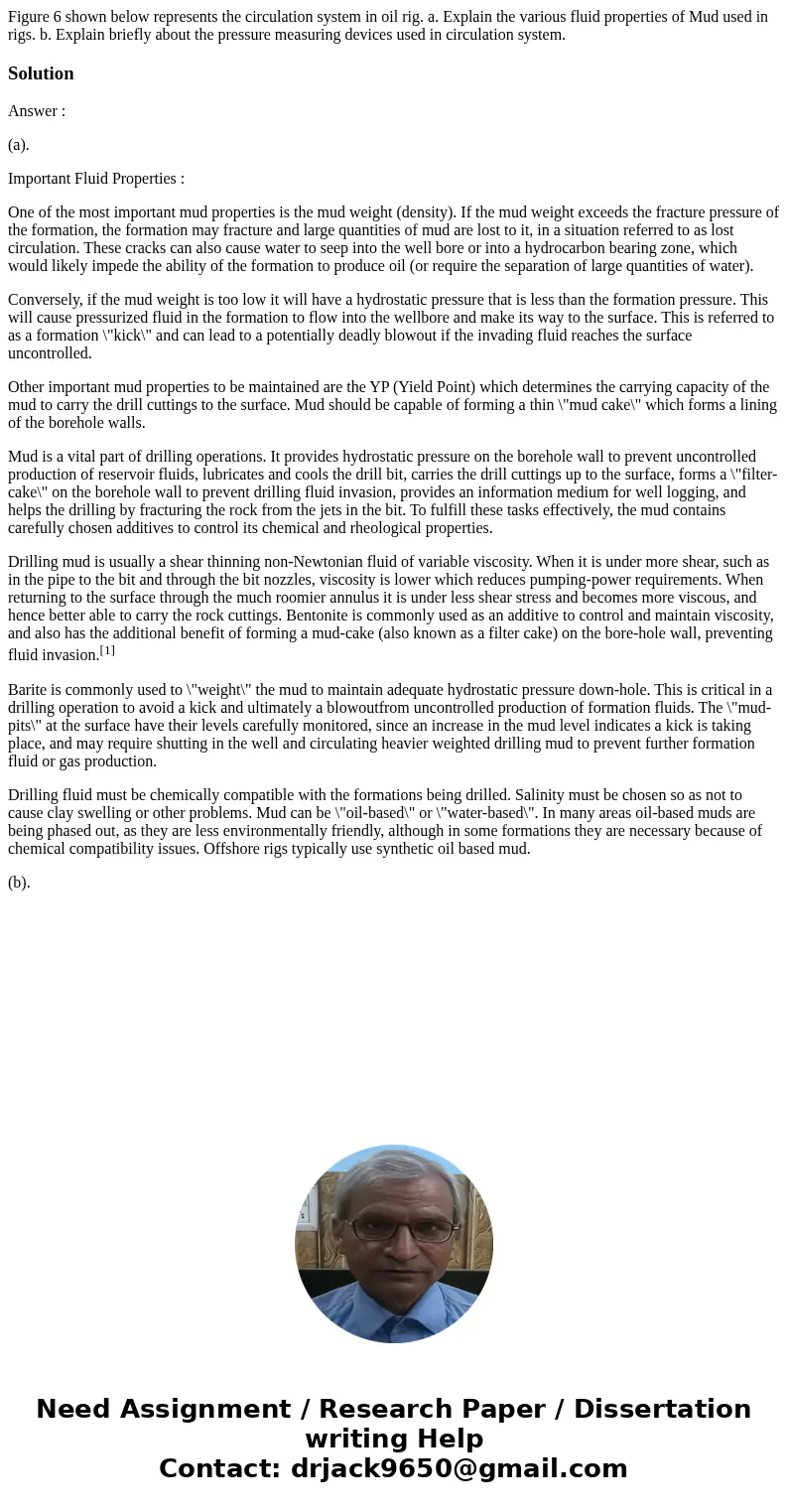Figure 6 shown below represents the circulation system in oi
Solution
Answer :
(a).
Important Fluid Properties :
One of the most important mud properties is the mud weight (density). If the mud weight exceeds the fracture pressure of the formation, the formation may fracture and large quantities of mud are lost to it, in a situation referred to as lost circulation. These cracks can also cause water to seep into the well bore or into a hydrocarbon bearing zone, which would likely impede the ability of the formation to produce oil (or require the separation of large quantities of water).
Conversely, if the mud weight is too low it will have a hydrostatic pressure that is less than the formation pressure. This will cause pressurized fluid in the formation to flow into the wellbore and make its way to the surface. This is referred to as a formation \"kick\" and can lead to a potentially deadly blowout if the invading fluid reaches the surface uncontrolled.
Other important mud properties to be maintained are the YP (Yield Point) which determines the carrying capacity of the mud to carry the drill cuttings to the surface. Mud should be capable of forming a thin \"mud cake\" which forms a lining of the borehole walls.
Mud is a vital part of drilling operations. It provides hydrostatic pressure on the borehole wall to prevent uncontrolled production of reservoir fluids, lubricates and cools the drill bit, carries the drill cuttings up to the surface, forms a \"filter-cake\" on the borehole wall to prevent drilling fluid invasion, provides an information medium for well logging, and helps the drilling by fracturing the rock from the jets in the bit. To fulfill these tasks effectively, the mud contains carefully chosen additives to control its chemical and rheological properties.
Drilling mud is usually a shear thinning non-Newtonian fluid of variable viscosity. When it is under more shear, such as in the pipe to the bit and through the bit nozzles, viscosity is lower which reduces pumping-power requirements. When returning to the surface through the much roomier annulus it is under less shear stress and becomes more viscous, and hence better able to carry the rock cuttings. Bentonite is commonly used as an additive to control and maintain viscosity, and also has the additional benefit of forming a mud-cake (also known as a filter cake) on the bore-hole wall, preventing fluid invasion.[1]
Barite is commonly used to \"weight\" the mud to maintain adequate hydrostatic pressure down-hole. This is critical in a drilling operation to avoid a kick and ultimately a blowoutfrom uncontrolled production of formation fluids. The \"mud-pits\" at the surface have their levels carefully monitored, since an increase in the mud level indicates a kick is taking place, and may require shutting in the well and circulating heavier weighted drilling mud to prevent further formation fluid or gas production.
Drilling fluid must be chemically compatible with the formations being drilled. Salinity must be chosen so as not to cause clay swelling or other problems. Mud can be \"oil-based\" or \"water-based\". In many areas oil-based muds are being phased out, as they are less environmentally friendly, although in some formations they are necessary because of chemical compatibility issues. Offshore rigs typically use synthetic oil based mud.
(b).

 Homework Sourse
Homework Sourse